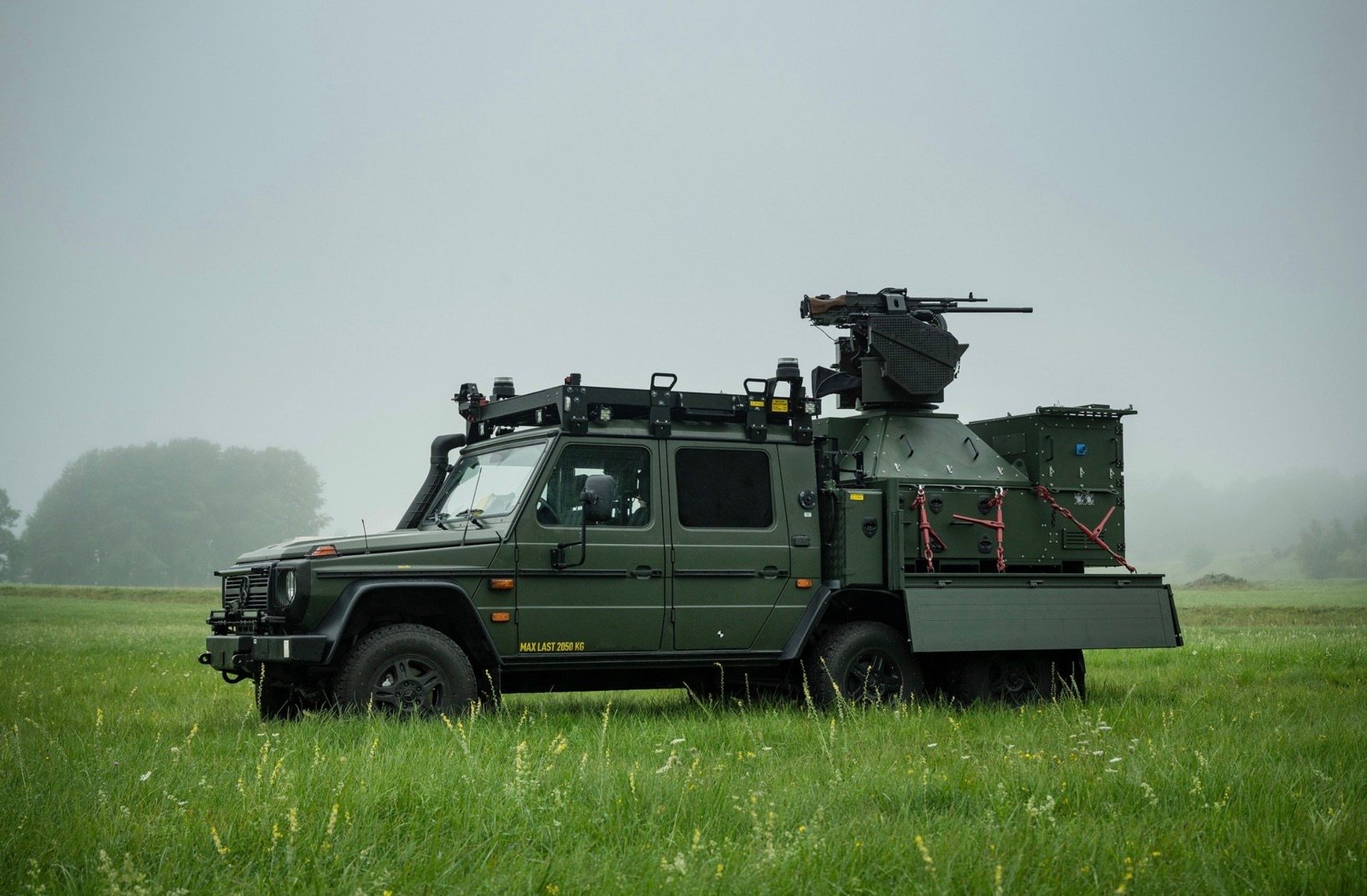Sweden announced Friday it will invest 3.5 billion Swedish kronor ($367 million) in anti-drone defense systems, accelerating deployment by eight years as unidentified drone sightings continue to rattle European aviation and military installations.
According to Reuters, the investment comes as drone incursions have forced airport closures from Copenhagen to Munich over the past three weeks, stranding tens of thousands of passengers and raising fears of coordinated hybrid attacks potentially targeting Ukraine’s European allies. Sweden’s move signals how seriously NATO countries now view the aerial threat landscape—and how quickly governments are willing to spend to counter it.
Sweden Accelerates Counter-Drone Capability From 2036 To 2028
Sweden’s anti-drone investment will enable the Swedish Armed Forces to slash delivery timelines from 2036 to 2028, bringing critical capabilities online eight years ahead of schedule. Defense Minister Pål Jonson announced the funding will acquire systems to shoot down drones, deploy hunter drones for air bases, and install jamming sensors.
“Recent violations and drone sightings are a reminder that threats from the air are an increasingly large part of modern warfare,” Jonson said on X. “We must defend ourselves against this.”
The Nordic NATO member will spend an additional 1.5 billion kronor ($157 million) enhancing its JAS 39 Gripen fighter aircraft capabilities, including spare parts, mission equipment, and base materials to bolster operations from air bases and temporary road bases.

 Photo credit: The Defence Foundation
Photo credit: The Defence Foundation
European Airports Shut Down Amid Drone Sighting Wave
A wave of drone sightings has disrupted European aviation since late September, sparking concerns about hybrid attacks potentially targeting Ukraine’s allies. Copenhagen Airport closed for nearly four hours on September 22 after reports of two to three large drones flying over runways, affecting 20,000 passengers and diverting flights to Sweden and Germany.
Munich Airport shut down three times between October 2-4 due to unconfirmed drone sightings, stranding over 10,000 passengers. Danish officials described the Copenhagen incident as potentially “the most serious attack on Danish critical infrastructure to date,” according to Prime Minister Mette Frederiksen, though Russia has denied involvement.
On September 9, Poland shot down at least 19 Russian drones that violated Polish airspace during attacks on Ukraine—marking NATO’s first direct engagement with Russian assets since February 2022. Romania and Estonia have also reported Russian drone incursions, while Norway and Denmark deployed additional air defense capabilities after sightings near military bases.

 Photo credit: The Defence Foundation
Photo credit: The Defence Foundation
EU Fast-Tracks “Drone Wall” Defense System
European Union defense ministers are accelerating plans for a comprehensive “drone wall” along the bloc’s eastern borders. EU Defense Commissioner Andrius Kubilius said the shield could become reality within a year, with detection systems as the primary focus.
“Russia is testing the EU and NATO,” Kubilius said after a September 26 emergency defense meeting. “Our response must be firm, united, and immediate.”
The proposed infrastructure would combine detection sensors, electronic warfare capabilities, and automated response mechanisms across multiple countries. Sweden joins Switzerland, which announced a $136 million counter-drone investment on October 4, in rapidly scaling up defensive capabilities.
Russian President Vladimir Putin dismissed Western concerns at a forum last week, joking that he promised not to send drones to France or Denmark anymore. However, Danish media reported a Russian Ropucha-class landing ship operating with its transponder disabled approximately 7.5 miles (12 km) off the Danish coast during recent sightings.
DroneXL’s Take
Sweden’s massive investment and eight-year timeline acceleration reveal just how dramatically the European security calculus has shifted in recent weeks. We’ve covered Sweden’s drone defense evolution closely this year—from their autonomous swarm development in January to deploying anti-drone units to protect the Copenhagen EU summit in late September.
What’s striking is the speed. Sweden is compressing nearly a decade of procurement into immediate action, suggesting intelligence assessments view this threat as urgent and persistent rather than a temporary spike. As NATO’s newest member defending the alliance’s longest border with Russia, Sweden’s defensive posture directly impacts alliance security.
The broader question is whether Europe’s reactive, event-specific counter-drone deployments can scale into the persistent “drone wall” infrastructure the EU envisions. Sweden’s rapid execution—leveraging domestic capabilities like Saab’s Loke counter-drone system developed in just 84 days—could provide the blueprint other nations follow. But the technical challenge remains substantial: distinguishing between legitimate commercial drone operations and hostile incursions while maintaining normal aviation requires sophisticated AI-driven systems capable of real-time threat assessment.
The counter-drone market is exploding across Europe, with Sweden, Switzerland, Germany, and Denmark all fast-tracking procurement. For defense contractors and drone technology providers, this represents hundreds of millions in immediate opportunities—but also underscores how cheap consumer drones can force massively expensive defensive responses, demonstrating the asymmetric advantage adversaries gain through drone-based hybrid warfare.
What do you think? Share your thoughts in the comments below.
Discover more from DroneXL.co
Subscribe to get the latest posts sent to your email.
